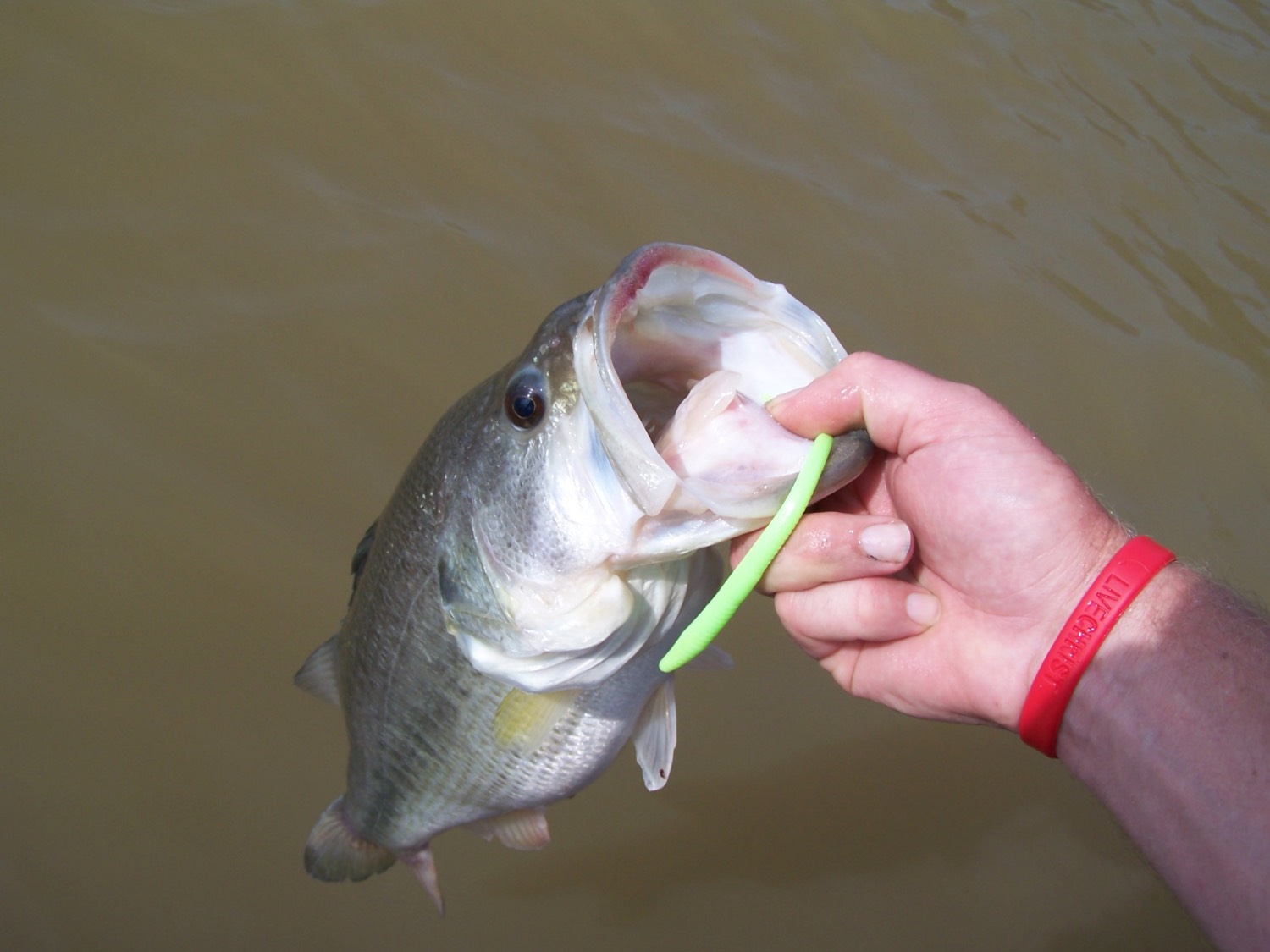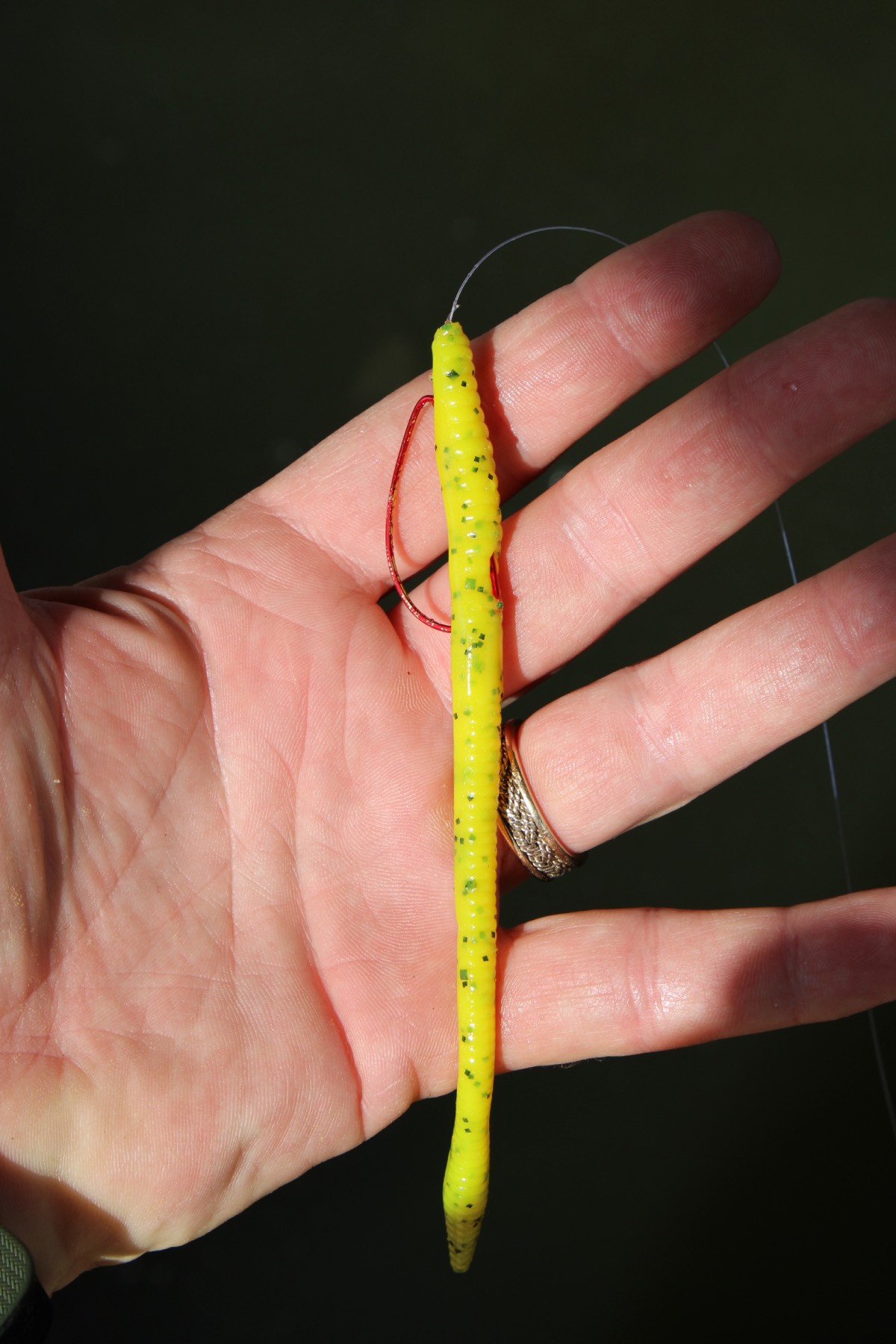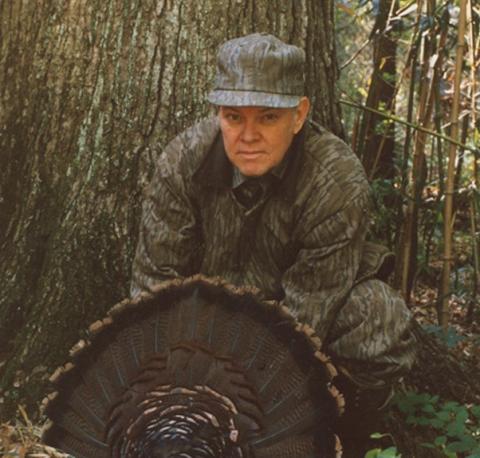Phillip Gentry
Of all the ways to catch a largemouth bass, fooling them into eating a floating worm is near the top of the list when it comes to enjoyment, excitement, and even productivity. Floating worm fishing was all the rage 20 years ago and has since been eclipsed by more modern and updated tactics, but it’s still a deadly tactic for largemouth bass in shallow water.
What is a Floating Worm?

Before starting any “How-To” article, its best to define a few parameters. So, what is a floating worm? Generally speaking, floating worms will float due to the manufacturing process of air-injection, however, many baits used for floating worm fishing are actually just neutrally buoyant or even sink. Floating worm is a term often used interchangeably with trick worm and again the sink rate of the bait may spell the difference. Finally there’s a wacky worm, which is better described as an alternate way to rig a floating worm or similar straight tail bait before more modern varieties were created to only be fished sideways.
In it’s original sense, a floating worm is a 6 – 8 inch straight tail worm, molded from one of several variations of plastic polymer. Most conform to actual earthworm morphology with a tapered head, a ring-like band (which is called a clitellum), and a flat tapered tail.
How to Rig a Floating Worm

To rig the floating worm, start with an offset worm hook in the 3/0 – 5/0 size range tied directly to the end of your line. Some anglers will insert a swivel and/or a section of fluorocarbon leader above the hook but those two items are counter-productive to the presentation of the bait. If line twist is an issue, let the rig spin out between casts and you should be fine.
Insert the point of the hook into the head of the worm the same distance as the offset on the hook, then twist the point out of the side of the worm and measure up where the bend in the hook should go and re-insert the point, perpendicularly through the body. Grasp the body between the two points and insert just the tip of the hook into the skin of the worm so the whole thing rides completely straight with both the offset and the point hidden in the plastic.
Floating Worm Presentation
Floating worm fishing is generally best in water less than 10 feet. Since you have rigged it weedless, find some heavy cover to throw the bait into. Weed beds, rocky shoals, stumps and standing timber and boat docks are all good choices – any place a bass will hole up either during the spawn or right after.
While some baits attract fish by the way they splash down on the cast, the appeal of a floating worm is how it’s not there one second and suddenly there, right in the face of the fish, the next. To attain this stealthy presentation, cast the bait far past the area you want to target. Throw it up on the bank if you like, then ease it in the water and snake it along, just under the surface.
Some anglers impart a walk the dog retrieve when fishing the floating worm. That’s great for covering a lot of water when a bass could be anywhere between you and the boat. Another great retrieve is to slow-twitch the bait just under the surface until it’s past the edge of a log, weed patch, or drop off and then stop allowing the bait sink backwards under the cover.
Read More: HOW TO FISH A PINK WORM
If this back drifting presentation is garnering a lot of strikes, you can insert a small finish nail or worm weight into the tail of the bait to give it some rearward weight and cause it to fall that way. This is done at the cost of the natural action of the bait that makes it so enticing to random open-water fish.
The floating worm is typically presented on spinning tackle, although most dock skipping bait casting anglers would disagree. Start with medium-to-medium heavy tackle, depending on where you’ll be fishing. With no additional weight than the bait and a hook, longer rods – 7 – 7 and ½ feet will help you get the distance you want for fishing shallow water and spooky fish. A wide spooled spinning reel will also help achieve distance without compromising accuracy of your cast.
A final note about line size and clarity is to use something you can see on the surface and something strong enough to horse a good fish away from heavy cover. Many times, a bass will grab the bait on a slack line and move off. Allow a few seconds for the fish to inhale the entire bait, then set the hook.
While it’s great to stay abreast of the newest trends, don’t forget the old ways, because a floating worm still catches fish, especially between the spawn and post -spawn periods for largemouth bass, and not keeping it in your bass fishing arsenal is a mistake you don’t want to make.



























